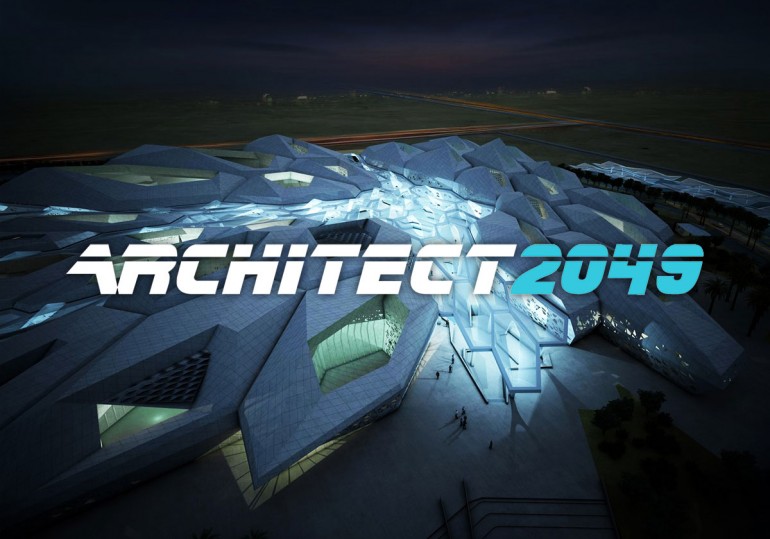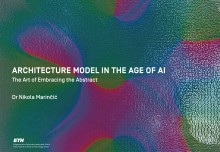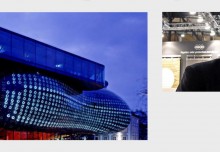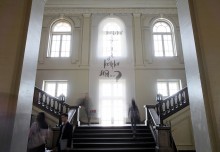Zaha Hadid Architects – KASPARC (King Abdullah Petroleum Studies and Research Center), Riyadh, Saudi Arabia, 2017 | Visualisation © Zaha Hadid Architects
With great pleasure we invite you to the lecture “ARCHITECT 2049″ by Dr. Miloš Dimčić, B.Sc.Eng. architect, founder of Programming Architecture, Stuttgart. The lecture will take place on Thursday, November 02, 2017. at 19.00 in the amphitheatre of the Faculty of Architecture in Belgrade.
Miloš Dimčić recieved his diploma from the Faculty of Architecture in Belgrade in 2006. He continued his education at the Institute of Building Structures and Structural Design at the University of Stuttgart, Germany, where he completed his PhD thesis in 2011 with Professor Knippers (University of Stuttgart) and Professor Bletzinger (Technical University of Munich). In parallel with the work on PhD thesis, he worked at the bureau Knippers Helbig Advanced Engineering at some of the world’s largest and most complex projects at the moment.
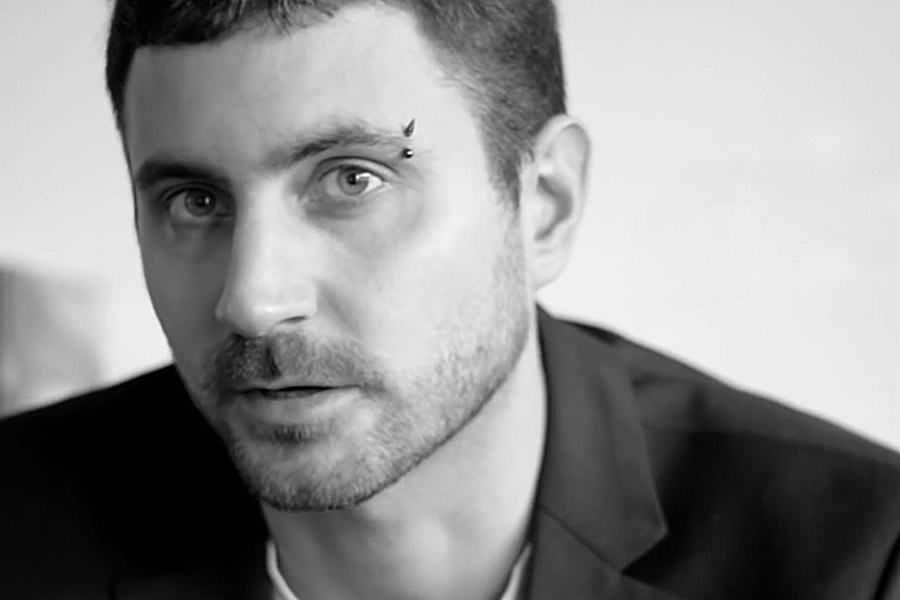
Dr. Miloš Dimčić | Photo source: Super Prostor
After completing his doctorate (July 2011), he founded Programming Architecture, based in Stuttgart, which deals with solving problems in designing complex architectural buildings. His portfolio includes work on major projects of recognized architects such as Massimiliano Fuksas, Zaha Hadid, Moshe Safdie, Foster + Partners. In his practice, he uses programming as a means of automating and optimizing various processes in architecture and engineering, from design to execution.
More information on the following websites:
http://www.programmingarchitecture.com
https://www.youtube.com/user/ProgramArchitecture
About the lecture: ARCHITECT 2049
How will the architect’s job look like in the future? In what way will programming and automation participate in the transformation of a profession?
The first part of the lecture will focus on examples of application of programming and automation in practice, in designs such as Shenzhen’s Airport by Massimiliano Fuksas Airport, Zaha Hadid’s KAPSARC Center, Bloomberg Building in London and the new Kuwaiti Airport by Foster + Partners.
Second part of the lecture will launch the topic of how to popularise automation and optimisation, how to bring them out of the reserved application context for complex buildings, and introduce them more widely in the application of standard architectural practice, into the design and construction of conventional typologies, such as for example residential buildings. This topic will also be explored through activities that will be realized with students of Master Academic Studies of Architecture within the block of lectures at the elective subject Optimization of Structural Systems.
In the last part of the lecture, a review on the topic of artificial intelligence will be made. If applied adequately, artificial intelligence algorithms can significantly improve design and construction. The direction of their further development will be discussed, making the difference between the potential direction of the development of this technology and the technologies that are currently usually recognized as “parametric or digital design”.

